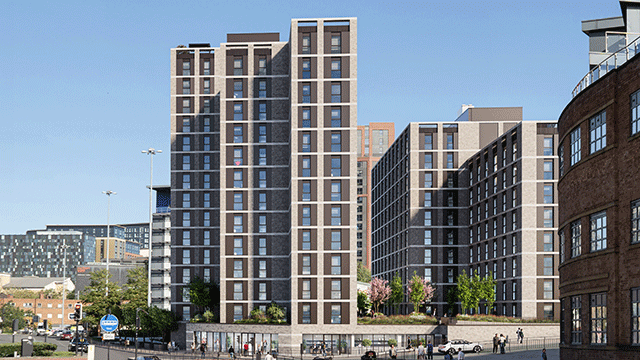The country’s shrinking population and generous tenancy rights prevent ownership
The German property market is abuzz with the sale of one of the largest residential portfolios in years. The German state of North Rhine Westphalia is selling a portfolio of 93,000 residential units that could fetch €5bn.
Four years ago, bidders for such large portfolios would have consisted of opportunists such as Goldman Sachs and Terra Firma. This time around, the bidders are mostly residential companies that already have large portfolios of residential assets. These companies hope that, by adding the portfolio, named LEG, to their assets, they can achieve economies of scale. Four years ago, buyers of German residential property were aiming to make money from selling on smaller portfolios and selling units to the tenants.
The German residential market has been a hard nut to crack for investors. Many went in on the assumption that Germany’s growing economy would tempt more people into buying houses. The economy has performed well, with GDP growth at 2.5% last year and 2.9% in 2006, according to the federal statistics office. But home ownership has not increased since the first opportunistic buyers landed in Germany. It is still 43% nationally.
This year the government ended the Eigenheimzulage, a subsidy for home-owners, which will set back the home ownership trend. But the main impediment is Germany’s generous welfare system. Unlike other Europeans, Germans do not need to own property as a way to provide for a pension. Also, young Germans do not want to be tied to a location if their jobs change. German tenants also enjoy more rights than in other European countries, where landlords wield the power.
A shrinking population will not boost home ownership either. A recent report, commissioned by the ministry of housing, transport, construction and urban planning, forecast that the population will drop to 75m by 2050 from around 83m now. That trend can be reversed only by a higher birth rate or an influx of foreign workers.
Despite the fall, demand for smaller units is expected to increase as the population ages and becomes more individualised, resulting in more one-person households. These households may not have the purchasing power to buy a house, and generally are not the tenants who occupy residential units owned by the large housing companies. The people that do buy their houses tend to be young families.
Shareholders of listed residential companies have also learned that the German residential story is not as exciting as it once looked. Gagfah trades at less than half the share price that it achieved shortly after listing in December 2006 Patrizia’s stocks are trading at €3.80, down from a 52-week high of €23.35. Although both companies have been caught up in the bad sentiment surrounding property stocks, they have also been hit because they were less successful than they thought they would be when it came to selling portfolios to investors and units to tenants.
Keeping tenants is one way to make money for residential property companies. GSW, a residential property company owned by Goldman Sachs and Cerberus, has been a pioneer in tenant loyalty schemes. It has offered students a flat rate, which includes rent, free newspaper subscription, broadband connection and a decoration voucher. Young families are offered a package that includes nappies and mineral water, provided by third parties as well as a free child’s bedroom. Other landlords are now following GSW’s example.
The big question is whether the banks are still buying the German residential story. In the past, these portfolio purchases were highly leveraged. Debt was provided by banks relying on securitisation. With the securitisation market still shut, banks may not be keen to take on a large exposure to German residential.
“It all depends on the bankers,” says a consultant involved in the LEG deal. “There is interest and enough investors but they cannot leverage that highly any more. There are even investors looking to finance with 100% equity.”










